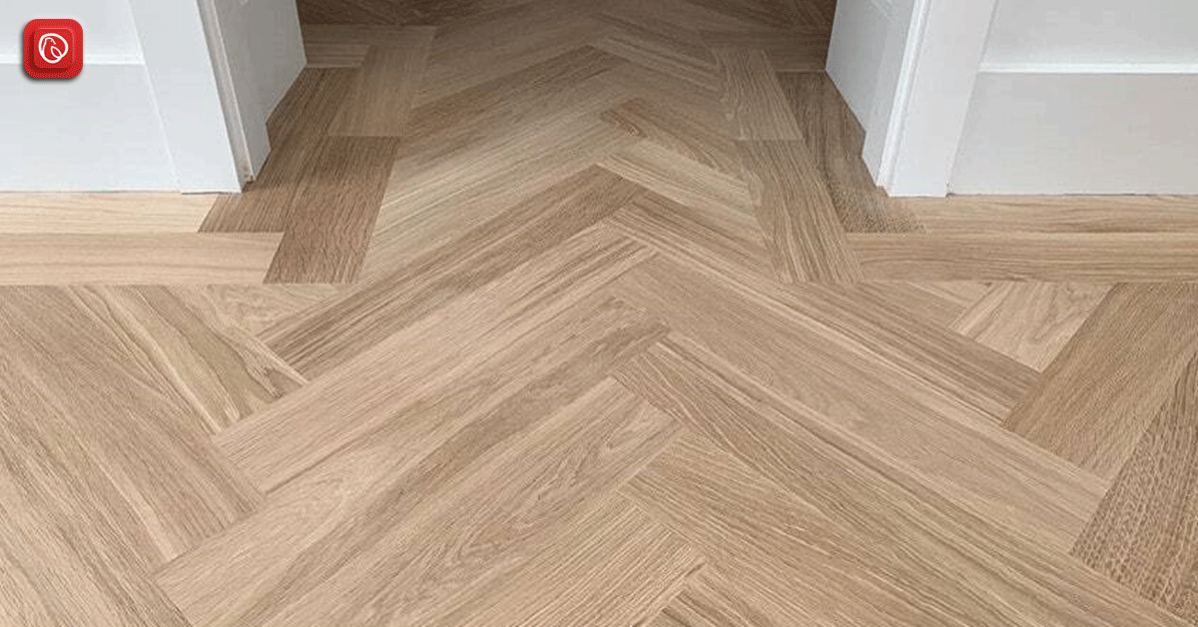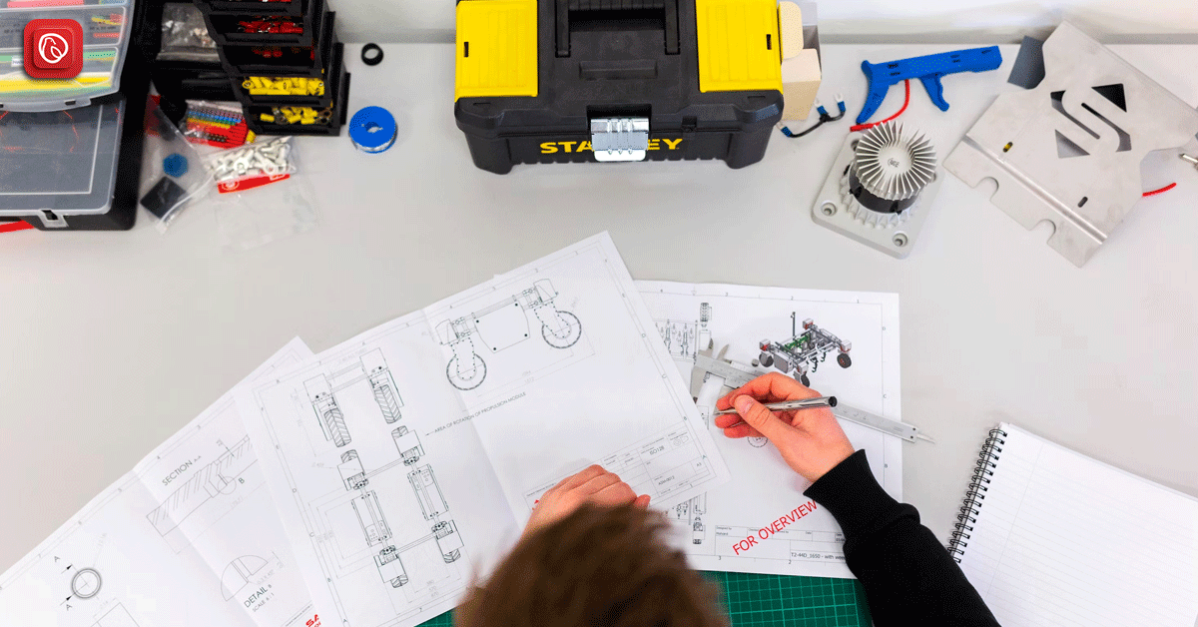As innovation around the world is proceeding at a rapid pace, innovation in architecture is also taking new forms. The architecture of a building plays an important role in maintaining the integrity and laying the solid foundations of a structure. Across the globe, the architecture of the building revolves around various components, for example, areas that are more humid have different architectural components while the areas which are prone to floods have altogether different components. As the impacts of climate change have started to leave an impression on our daily lives, architecture is also taking new forms in bringing new designs to a building.
Graana.com through this blog puts a light on the new concept ‘aquatecture’ which pertains to designing those buildings which are more resilient to floods and take into account the designs that are more effective against the impact of water. Water has a great impact on our environment, with heavy downpours, the importance of aquatecture indeed increases in constructing the buildings of the modern days.
What is ‘Aquatecture’
The term, ‘Aquatecture’ can refer to a concept in architecture that is about redefining the relationship between the water and the designs of our buildings. In more comprehensive terms, auqatecture refers to a building design that incorporates the elements of disaster management, making buildings sustainable to the pressure of water and making more workable solutions for buildings to live in a watery environment.
As we move into the future, aquattecture will become a permanent feature of the buildings. Venice is one of the unique examples of aquatecture however, the scientists have improved the techniques in redefining the relation of water with the buildings. These techniques can serve as a platform in further strengthening the research and it can pave ways for future innovations in design and construction.
Following are the characteristics of buildings which comply with ‘aquatecture’.
Tendency to Float
Water tends to destroy the buildings, every year floods cause devastation in various countries. Scientists have come up with a creative solution in order to minimise the impacts of floods or rainwater. Architects have come up with the techniques in which the buildings can float over a water body, this technique has been developed keeping in mind the rising level of seas. Such buildings are developed one meter above the ground in order to provide the water space so that the structure can float over water.. This idea can also create new tourist destinations which can diversify a country’s portfolio of attractive destinations. Sometimes also known as amphibious buildings, these floating buildings can also create spaces for agricultural land.
Elevated Structures
Another feature of buildings complying with aquatecture is that they have elevated bases and are constructed above the ground level. Such buildings are raised on columns so that floodwater could be avoided in the flood season. This technique is one of the suitable techniques to avoid the flood waters entering homes however, no one can predict that what will be the level of water in the upcoming flood seasons. An example of such buildings can be found in the past as such buildings used bamboo and wood which were later elevated on the wooden columns. Therefore, the term aquatecture can sound like a modern concept however, its roots can also be traced to the past.
Water Harvestation
What keeps ‘aquatecture’ above all the traditional contemporary architectural techniques is that it has an inbuilt principle of sustainability. As mentioned earlier, the concept does not only pertains to making a building resilient to water but is also about reusing and collecting the water that has been collected either in the form of rainwater or floodwater. Dedicated systems are developed to collect the rainwater in such buildings which ensure that natural resources are not wasted rather reused in a comprehensive manner. This technique is being adopted rapidly across the world and it is becoming a permanent aspect of newly constructed buildings.
Waterproofed Indoors
As we all know that architecture is not only concerned with the outdoors or envelopes of the buildings rather, internal aspects of the buildings have the same importance as any other aspect of the building. The buildings revolving around aquatecture have waterproof indoors which ensure that if water enters the building it causes minimal damages inside a building. Such buildings pay special focus on woodwork, use of waterproof construction material for example use of asphalt.




